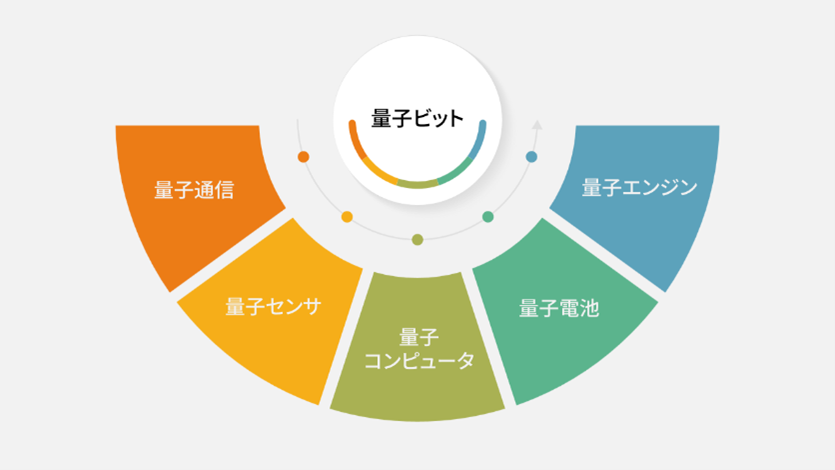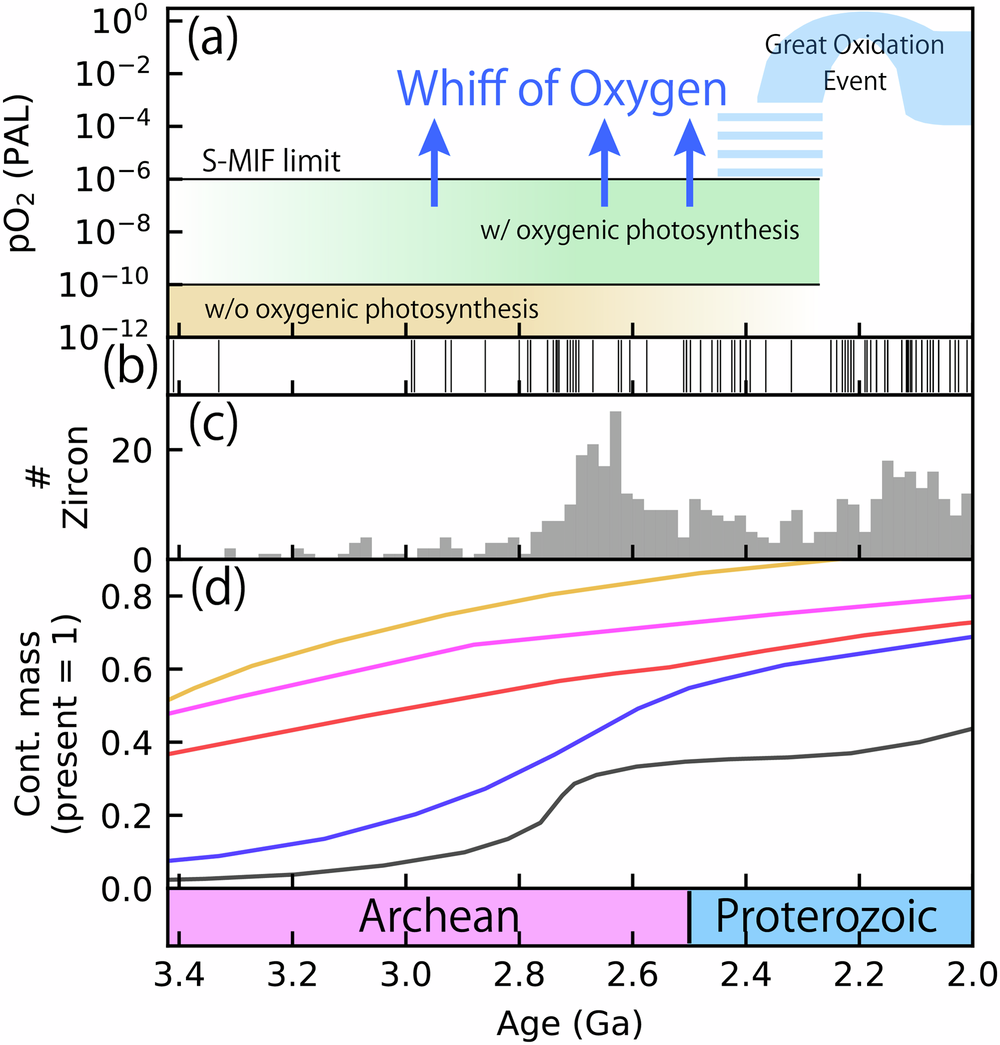2025-03-11 株式会社Quemix,旭化成株式会社,東京大学,量子科学技術研究開発機構

図1.スピン欠陥とそれを活用した量子技術群
<関連情報>
- https://www.qst.go.jp/site/press/20250311.html
- https://journals.aps.org/prapplied/abstract/10.1103/PhysRevApplied.23.034016
量子コンピュータにおけるスピン量子ビットの基底状態および励起状態の確率的虚数時間発展 Encoded probabilistic imaginary-time evolution on a trapped-ion quantum computer for ground and excited states of spin qubits
Hirofumi Nishi, Yuki Takei, Taichi Kosugi, Shunsuke Mieda, Yutaka Natsume, Takeshi Aoyagi, and Yu-ichiro Matsushita
Physical Review Applied Published: 10 March, 2025
DOI:https://doi.org/10.1103/PhysRevApplied.23.034016
Abstract
In this study, we employed a quantum computer to solve a low-energy effective Hamiltonian for spin defects in diamond (so-called nitrogen-vacancy centres) and wurtzite-type aluminium nitride, which are anticipated to be qubits. The probabilistic imaginary-time evolution (PITE) method, designed for use in a fault-tolerant quantum computer era, was employed to calculate the ground and excited states of the spin singlet state, as represented by the effective Hamiltonian. It is difficult to compute the spin singlet state correctly using density functional theory, which should be described by multiple Slater determinants. To mitigate the effects of quantum errors inherent in current quantum computers, we implemented a ⟦ +2,,2⟧ quantum error detection (QED) code called the Iceberg code. Despite the inevitable destruction of the encoded state resulting from the measurement of the ancilla qubit at each PITE step, we were able to successfully re-encode and recover the logical success state. In the implementation of the PITE, it was observed that the effective Hamiltonian comprises large diagonal components and relatively small nondiagonal components, which is frequently the case with quantum chemistry calculations. An efficient implementation of Hamiltonian simulations, in which the diagonal components dominate, was developed on a quantum computer based on the second-order Trotter-Suzuki decomposition. This is the first instance of an encoded PITE circuit being executed on a trapped-ion quantum computer. Our results demonstrate that QED effectively reduces quantum errors and that we successfully obtained both the ground and excited states of the spin singlet state. Our demonstration clearly indicates that ZrAlVN, TiAlVN, and HfAlVN defects have a high potential as spin qubits for quantum sensors.



